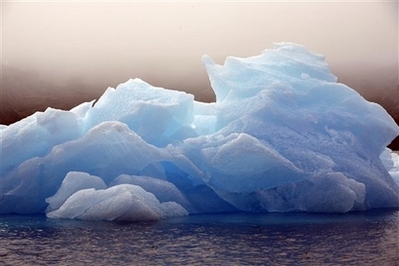Nature and man jointly cook Arctic
Updated: 2008-01-03 09:28
Washington -- There's more to the recent dramatic and alarming thawing of the Arctic region than can be explained by man-made global warming alone, a new study found. Nature is pushing the Arctic to the edge, too.
There's a natural cause that may account for much of the Arctic warming, which has melted sea ice, ice sheets and glaciers, according to a study published Thursday in the journal Nature. New research points a finger at a natural and cyclical increase in the amount of energy in the atmosphere that moves from south to north around the Arctic Circle.
But that energy transfer, which comes with storms that head north because of ocean currents, is not acting alone either, scientists say. Another upcoming study concludes that the combination of both that natural energy transfer increase and man-made global warming serve as a one-two punch that is pushing the Arctic over the edge.
Scientists are trying to figure out why the Arctic is warming and melting faster than computer models predict.
The summer of 2007, like the summer of 2005, smashed all records for loss of summer sea ice in the Arctic Ocean and ice sheet in Greenland. In September, the Arctic Ocean had 23 percent less sea ice than the previous record low. Greenland's ice sheet melted 19 billion tons more than its previous record.
The Nature study suggests there's more behind it than global warming because the air a couple miles above the ground is warming more than calculated by the climate models.
Climate change theory concentrates on warming of surface temperatures and explains an Arctic that is warming faster than the rest of the world as mostly because reduced sea ice and ice sheets means less reflecting solar rays.
Rune Graversen, the Nature study co-author and a meteorology researcher at Stockholm University in Sweden, said a shift in energy transfer explains the thawing more, including what's happening in the atmosphere, but does not contradict consensus global warming science.
|
|
|
||
|
||
|
|
|
|


